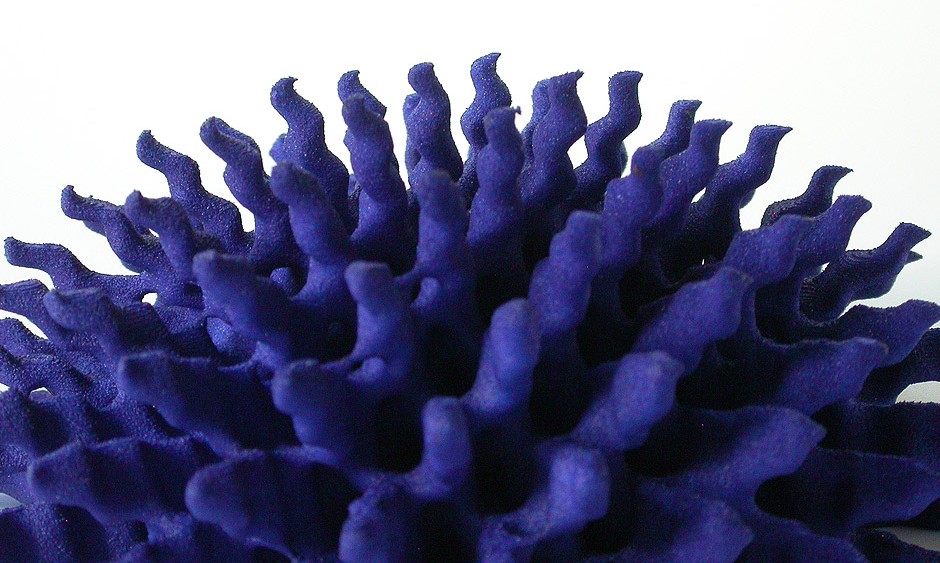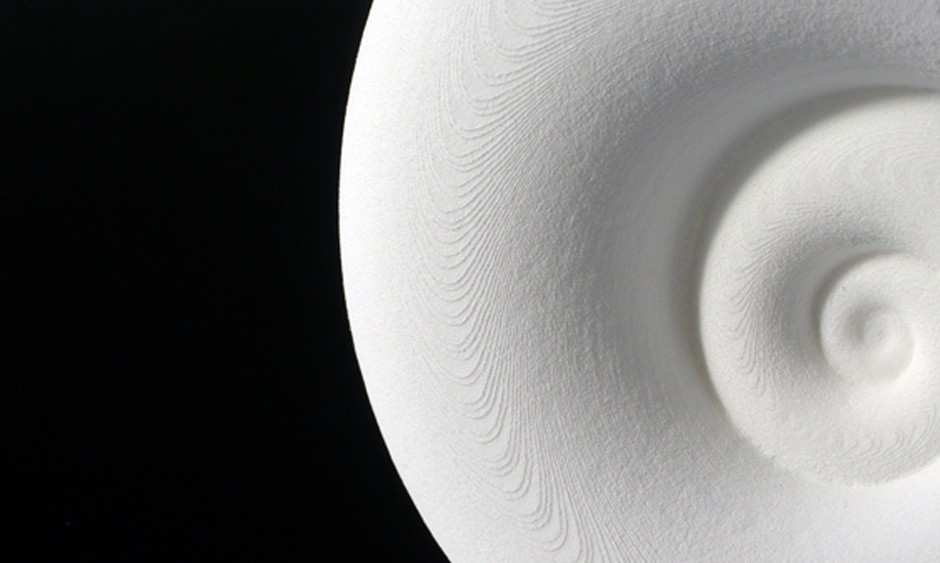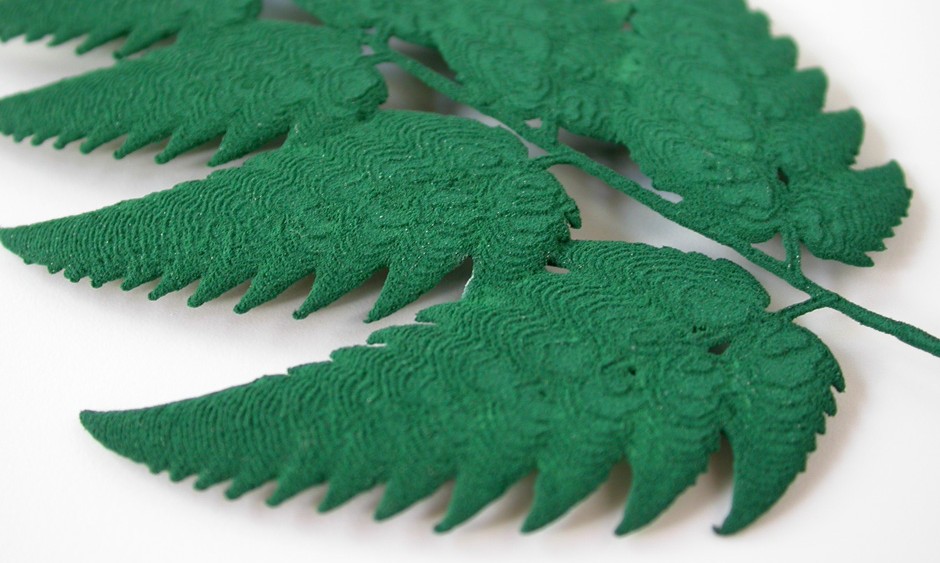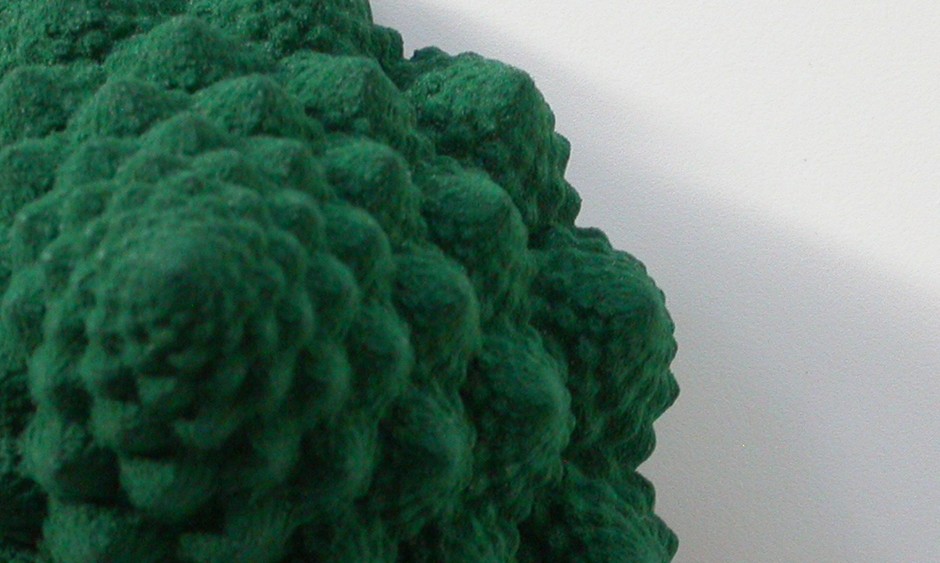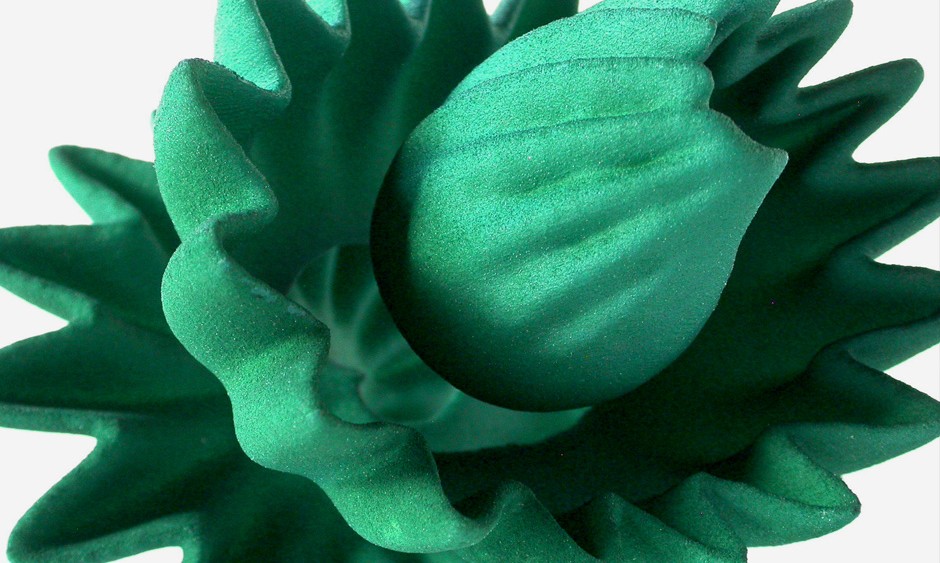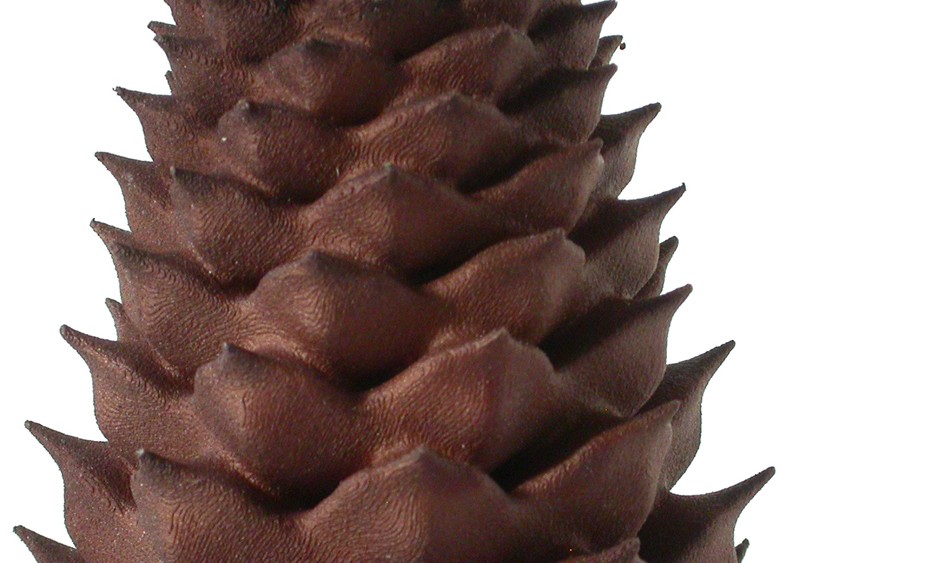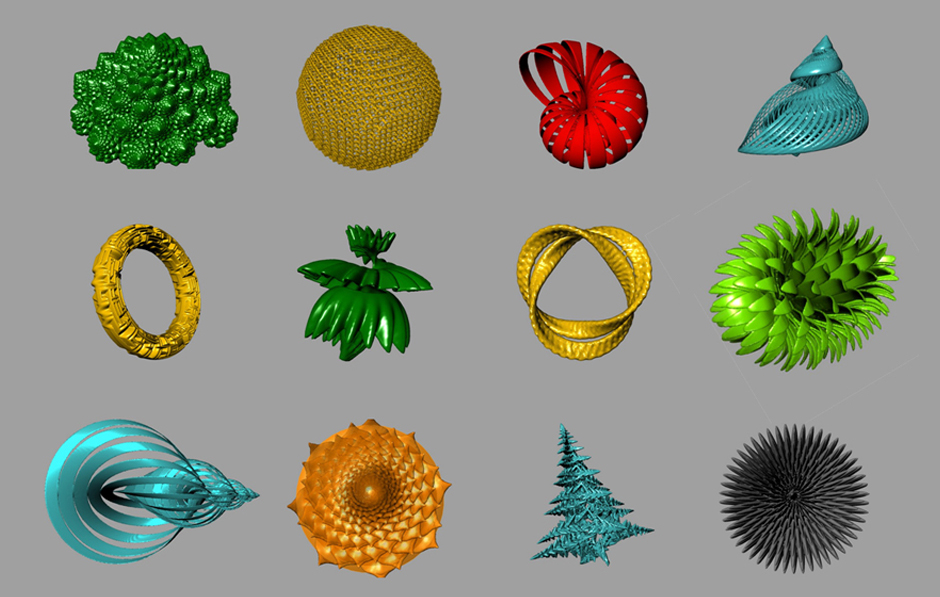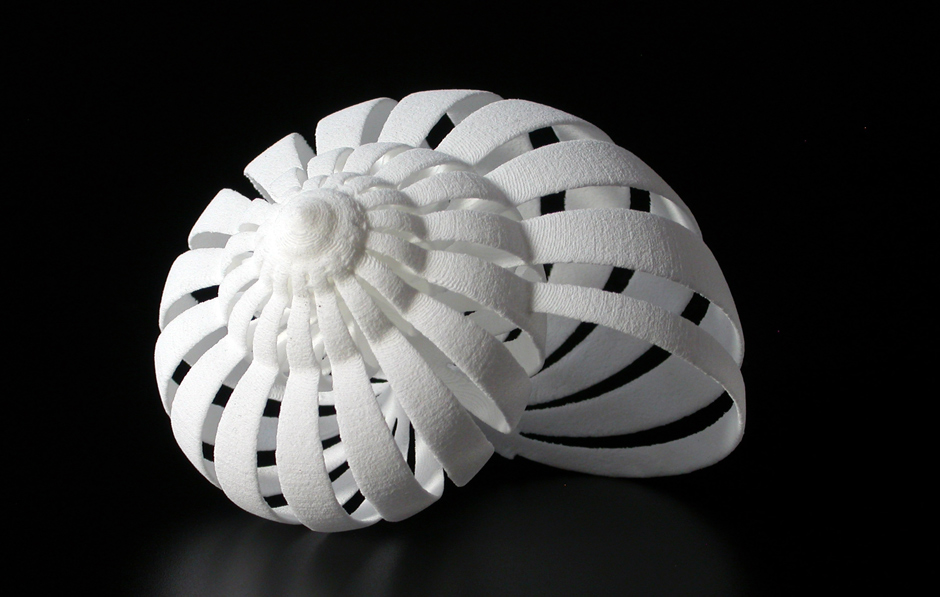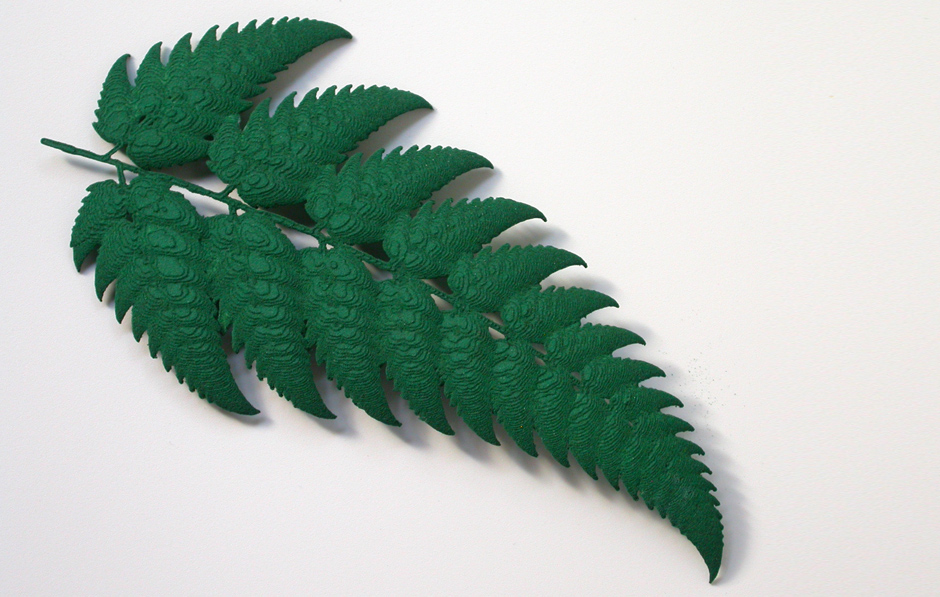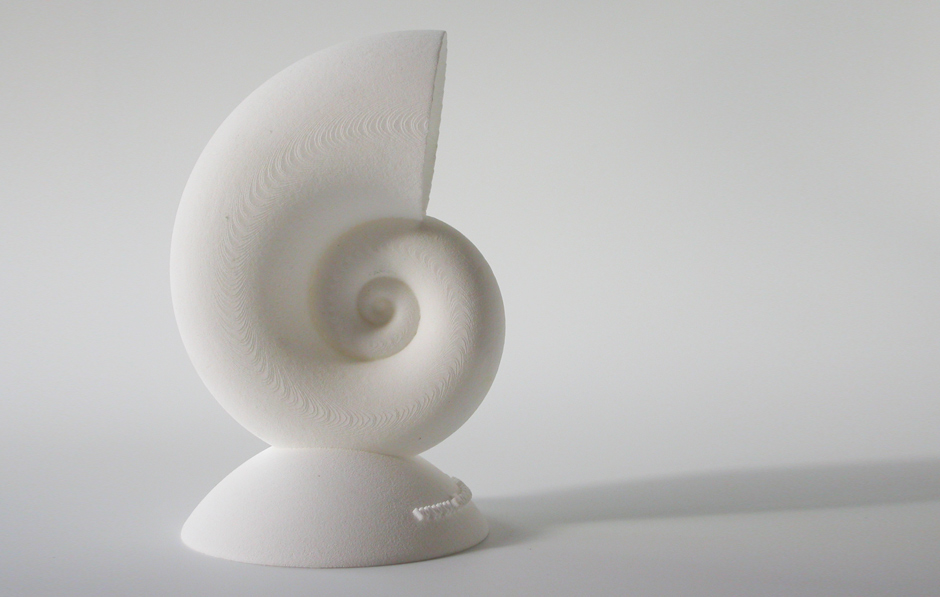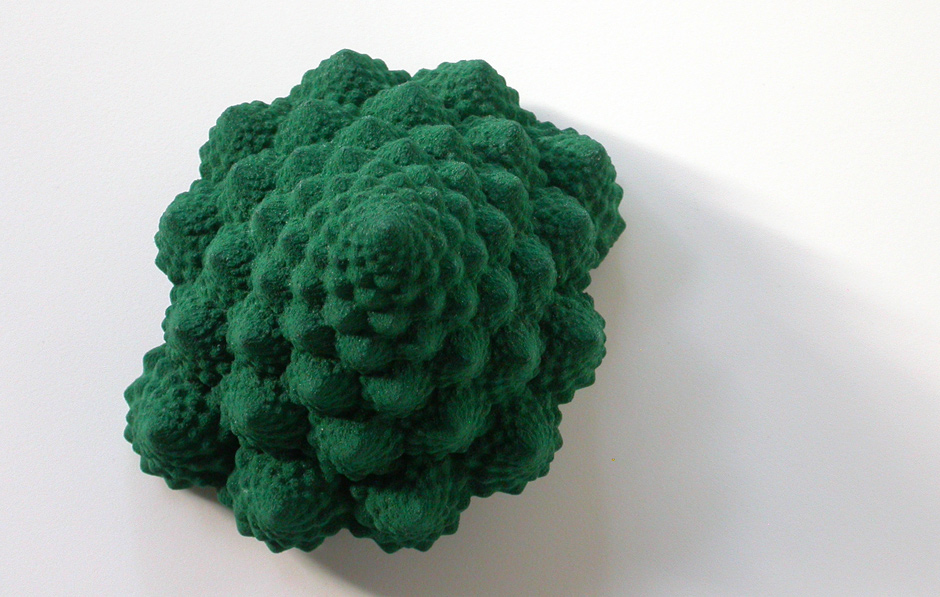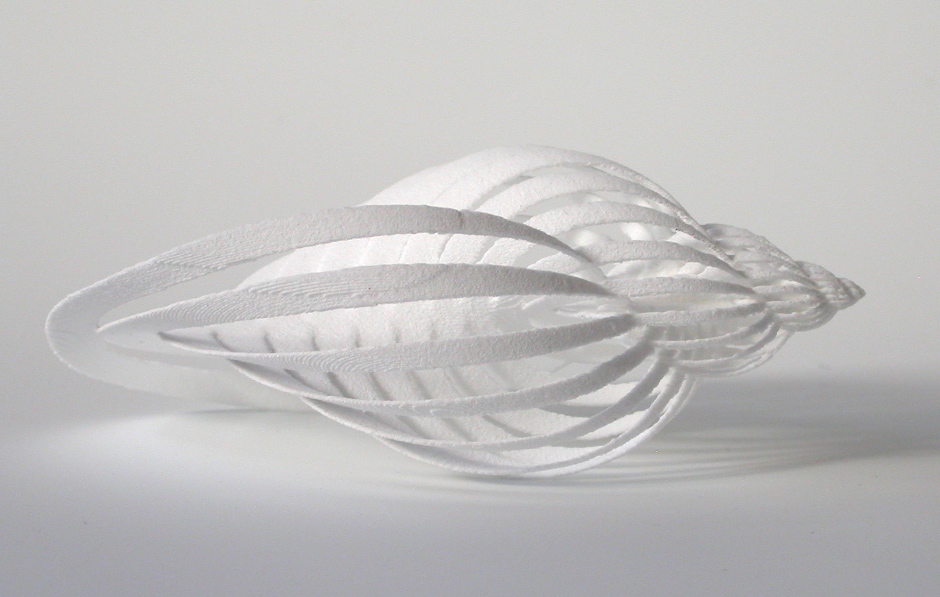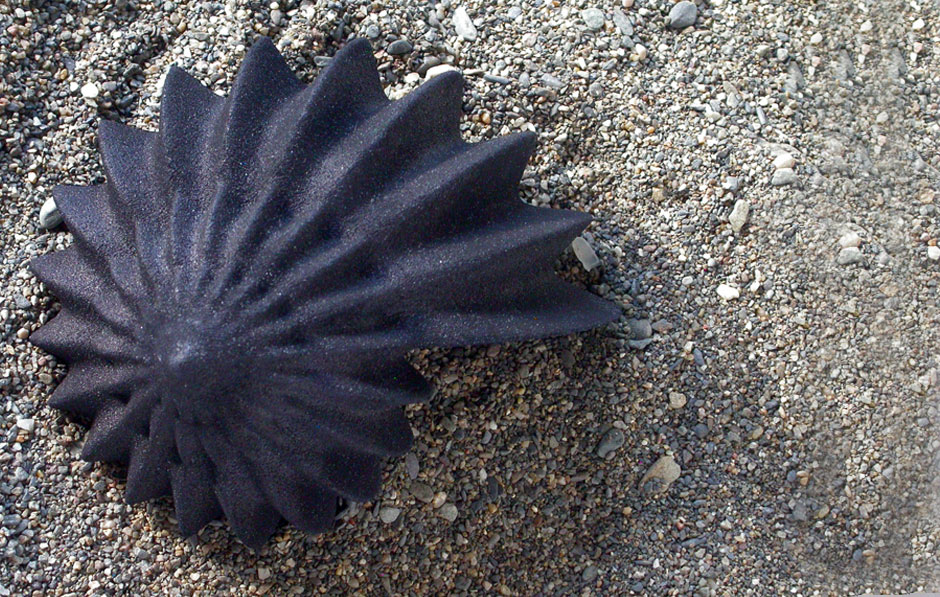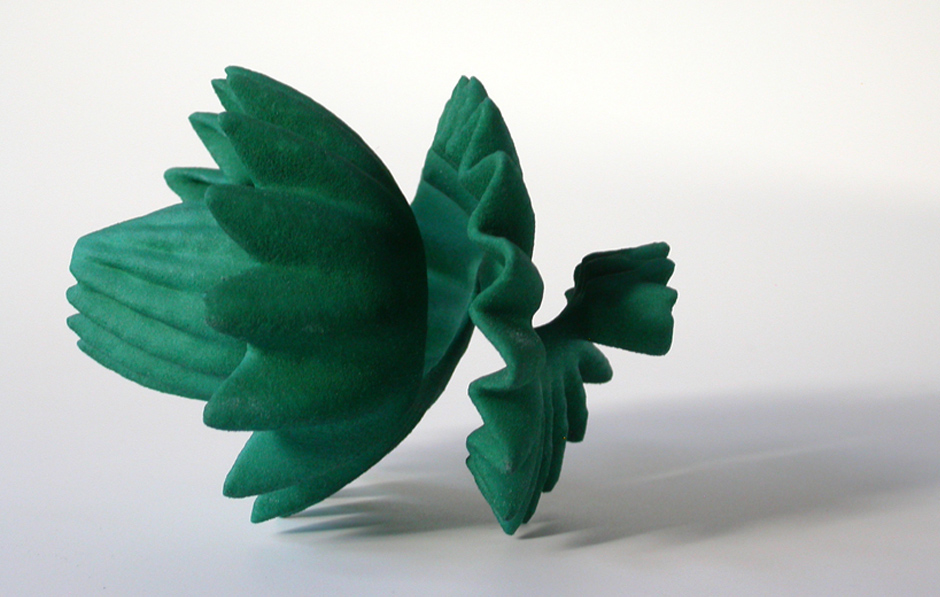HICONG / HIGH COMPLEXITY NATURAL GEOMETRIES
–
An applied research that goes further in the creation, use, and materialization of 3D natural geometries. We named them: HICONG (High Complexity Natural Geometries), and the only way possible of manufacturing them is using the ALM technologies. This study borns with the aim of mixing the natural fractal world with the Euclidian mechanical one.
The keys of the project apply Nature as innovation and evolution in design and engineering, passing from software reflections, new object conceptions and art ideas, to real manufacturing products.
–
Dimensions / XYZ
Various sizes
–
Technology
Selective Laser Sintering (SLS)
–
Material
Polyamide / Dyed in variety of colors
–
Background
Why are natural geometries so functional, so nice and so perfect for us? Just because of that, because they are made in same geometric way as ourselves.
Behind all natural geometries, and inherit in their DNA and system of replication, there are rules, math rules, that Mr. Mandelbrot started to discover in the 60’s, and he called them FRACTALS. Among their properties:
–
They have a fine structure at arbitrarily small scales.
–
They are too irregular to be easily described in traditional Euclidean geometric language.
–
They are self-similar (at least approximately or stochastically).
–
They have a simple and recursive definition.
–
Approach
Because they appear similar at all levels of magnification, fractals are often considered to be infinitely complex (in informal terms). Natural objects that are approximated by fractals to a degree include clouds, mountain ranges, lightning bolts, coastlines, snowflakes, various vegetables (cauliflower and broccoli), and animal coloration patterns. From then until now, fractals are used basically for games, for academic issues and in some punctual software systems: compression of files, Art on computers, and not much more in the real tactile world.
Nature has always been a source of inspiration for the design of the human environment, but in recent years this relationship has grown more intense. “Nature as a model” has influenced the most versatile concepts and development processes and is manifested in a wide range of forms and functions, to develop complex and innovative works.
–
Aim
Thus, the computational generation of complex geometries and Additive Manufacturing Technologies enables the imitation of nature with the creation of objects, which previously were impossible to be drawn and materialized using conventional processes.
We open a field concerning materialization of natural geometries into end use functional parts, which can improve current standard ways of thinking, developing and manufacturing.
The creation, use and materialization of 3D natural geometries become a tool and solution in many areas of business and market segments.
